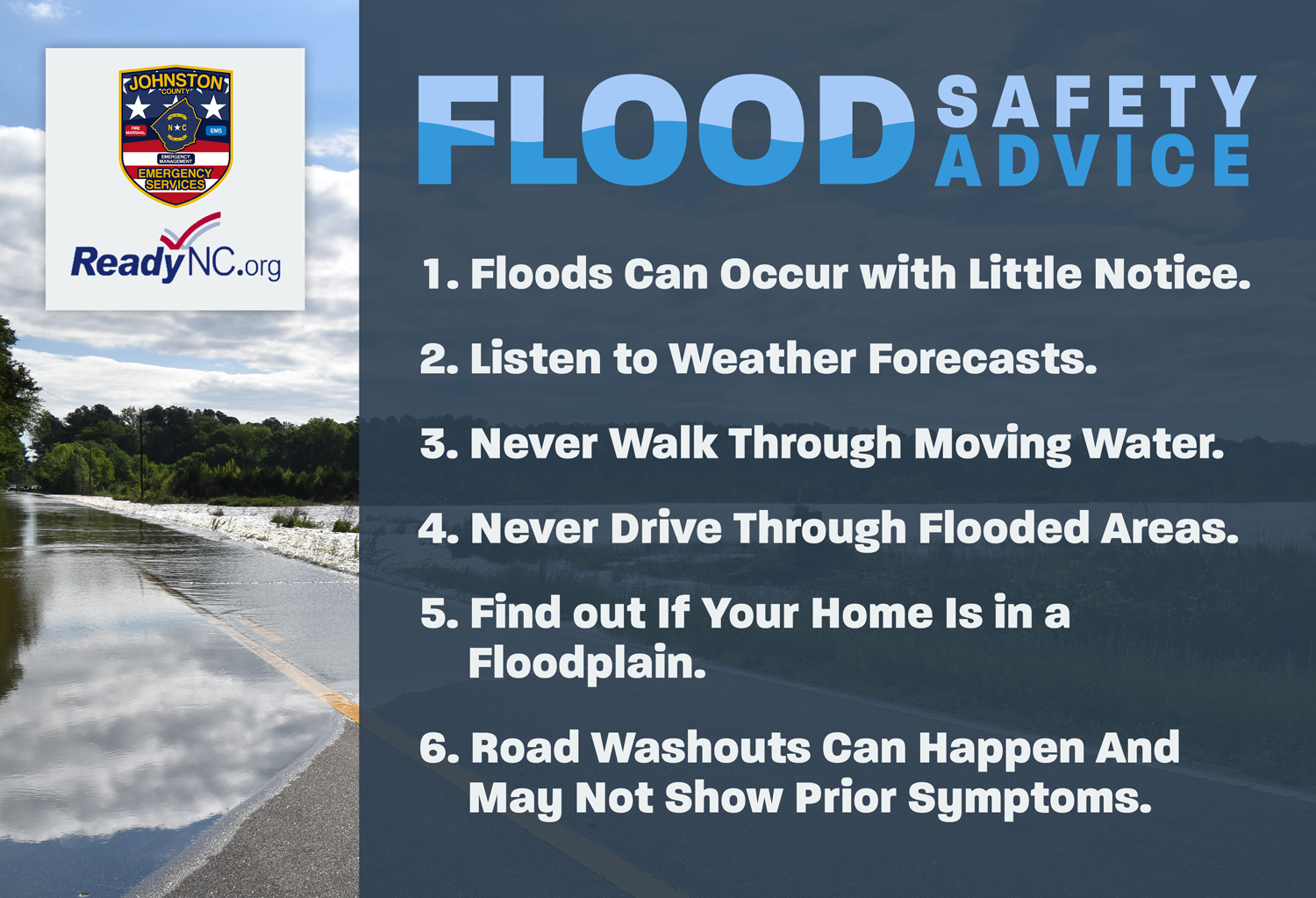Flood Warning: Stay Safe With NWS Flood Safety Tips

Table of Contents
Understanding Flood Warnings and Watches
It's crucial to understand the difference between a flood watch and a flood warning. Knowing the distinction will allow you to react appropriately and take the necessary precautions.
-
Flood Watch: A flood watch means that conditions are favorable for flooding. This isn't a cause for immediate panic, but it's a strong signal to begin preparing. Monitor weather reports closely and be ready to take action if a warning is issued. This is the time to review your emergency plan and ensure your family knows what to do.
-
Flood Warning: A flood warning signifies that flooding is either happening or is about to happen. This is a serious alert requiring immediate action. You should already have your emergency plan in place, and you need to act on it now. Evacuation may be necessary.
Monitoring weather alerts is paramount. Stay informed through multiple channels:
- NOAA Weather Radio: A dedicated weather radio provides continuous updates, even during power outages.
- Weather Apps: Numerous reliable weather apps provide real-time alerts and forecasts directly to your smartphone.
- Local News: Your local news channels are vital sources for updates and instructions from local emergency management agencies.
Creating a Family Emergency Plan
Having a comprehensive family emergency plan before a flood warning is issued is critical. A well-rehearsed plan minimizes confusion and maximizes safety during a crisis.
- Designated Meeting Place: Choose a safe meeting place outside the potential flood zone, easily accessible to all family members.
- Evacuation Routes: Identify multiple evacuation routes, including alternate routes in case primary roads are impassable. These routes should be clearly communicated to all family members.
- Emergency Kit: Prepare an emergency kit containing essential supplies: water (one gallon per person per day for several days), non-perishable food, a first-aid kit, necessary medications, copies of important documents (IDs, insurance), and flashlights/batteries.
- Practice Drills: Regularly practice your evacuation plan with family members, including pets. This ensures everyone knows their roles and responsibilities. Familiarize children with the plan.
- Pet Preparedness: Include plans for your pets. Identify pet-friendly shelters or temporary housing options and ensure you have carriers and enough food and water for them.
Preparing Your Home for a Flood
Taking preventative measures to protect your home can significantly reduce flood damage. These steps should be taken well in advance of any flood warning.
- Elevate Valuables: Move important documents, electronics, and other valuable items to higher levels in your home.
- Seal Openings: Seal any cracks or openings in your home's foundation or walls to prevent water from entering.
- Flood Barriers/Sandbags: Consider installing flood barriers or sandbags around your home's foundation, particularly if you live in a high-risk flood area.
- Utility Shut-off: Know the location of your main water, gas, and electricity shut-off valves. Be prepared to turn them off if necessary.
- Flood Insurance: If you live in a flood-prone area, consider purchasing flood insurance. Standard homeowner's insurance typically doesn't cover flood damage.
Protecting Your Property During a Flood
Once a flood warning is issued, protecting your property becomes paramount. Remember these crucial points:
- Move Valuables: Move any remaining valuable items to higher ground.
- Avoid Driving: Never drive through flooded areas. The depth of water can be deceiving, and the road may be washed out. Remember the crucial phrase: "Turn Around, Don't Drown."
- Avoid Floodwaters: Never walk or swim through floodwaters. Floodwaters can contain dangerous debris, sewage, and chemicals.
- Power Lines: Be aware of downed power lines, and never approach them.
- Document Damage: Take photos and videos of any flood damage to your property for insurance purposes.
Evacuating During a Flood Warning
Heeding evacuation orders promptly is critical during a flood warning. Your safety is the top priority.
- Follow Instructions: Follow instructions from local authorities and emergency management officials.
- Secure Your Home: Secure your home before evacuating, including locking doors and windows.
- Take Your Kit: Take your prepared emergency kit with you.
- Know Your Routes: Remember your planned evacuation routes.
- Designated Shelters: If necessary, seek shelter at a designated evacuation center.
Conclusion
Staying safe during a flood warning requires preparation and awareness. By understanding the difference between watches and warnings, creating a comprehensive emergency plan, and taking proactive steps to protect your home and property, you can significantly reduce your risk. Remember to always heed evacuation orders from local authorities and never underestimate the power of floodwaters. Stay informed, stay prepared, and stay safe with the help of the NWS flood warnings and these crucial safety tips. Don't wait for a flood warning to act – prepare for potential flooding today! Learn more about [link to NWS flood safety resources].

Featured Posts
-
 Your Escape To The Country Starts Here A Step By Step Guide
May 25, 2025
Your Escape To The Country Starts Here A Step By Step Guide
May 25, 2025 -
 Posvyaschenie Sergeyu Yurskomu V Teatre Mossoveta
May 25, 2025
Posvyaschenie Sergeyu Yurskomu V Teatre Mossoveta
May 25, 2025 -
 Worlds Largest Rubber Duck Myrtle Beach Visit And Important Message
May 25, 2025
Worlds Largest Rubber Duck Myrtle Beach Visit And Important Message
May 25, 2025 -
 Understanding Jenson And The Fw 22 Extended Line
May 25, 2025
Understanding Jenson And The Fw 22 Extended Line
May 25, 2025 -
 Konchita Vurst Zhizn Posle Evrovideniya 2014 Kaming Aut I Ambitsii
May 25, 2025
Konchita Vurst Zhizn Posle Evrovideniya 2014 Kaming Aut I Ambitsii
May 25, 2025
